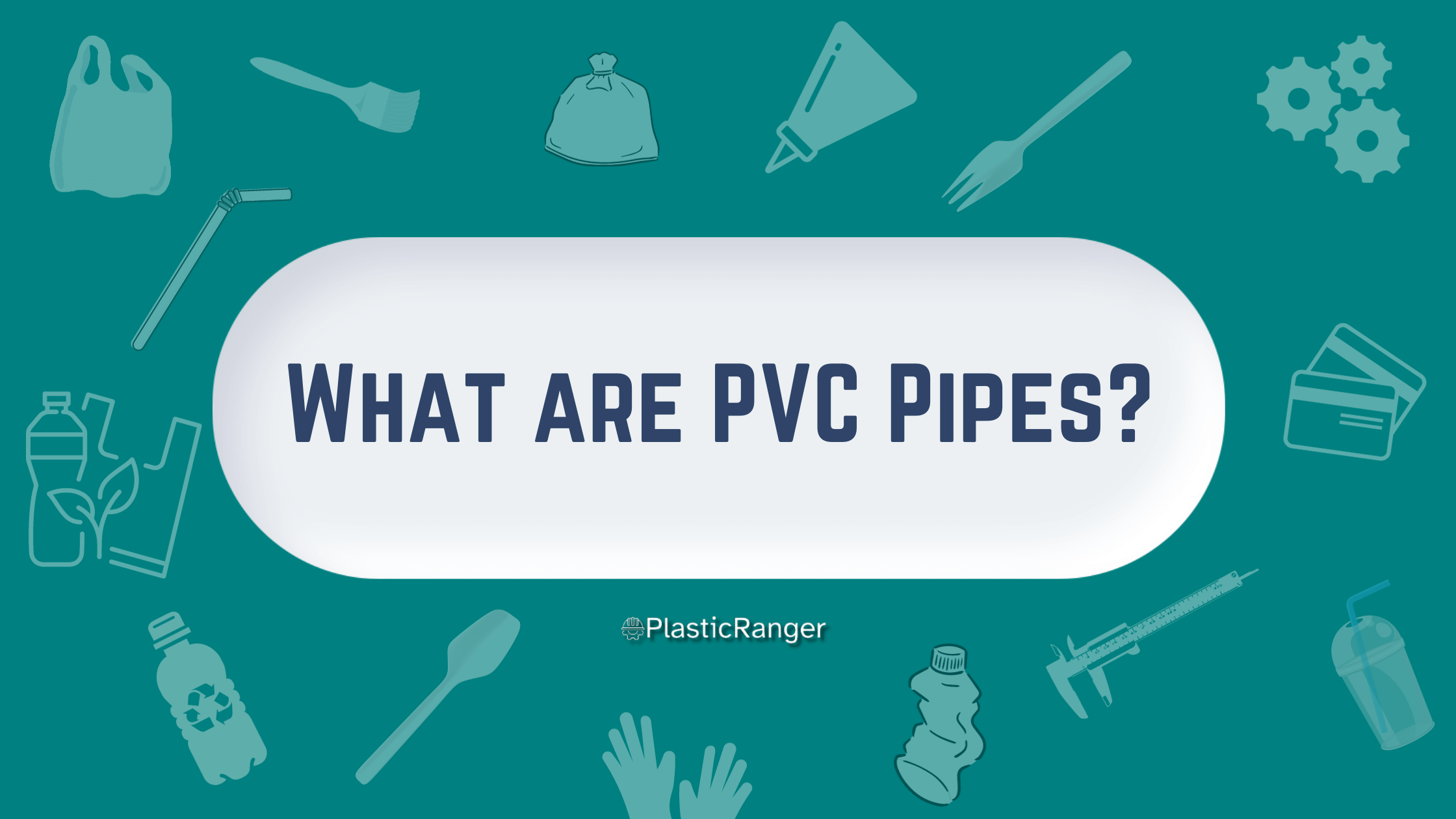A Comprehensive Guide to PVC Pipes
Introduction to PVC Pipes
Polyvinyl chloride (PVC) is a commonly used thermoplastic material. PVC pipes are favored in various industries due to their low cost, high durability, and ease of jointing. They’re widely used for water supply, waste, and venting systems.
Types of PVC Pipes
a. Schedule 40 and Schedule 80: These numbers refer to the thickness of the pipe walls. Schedule 40 is lighter and typically used for residential and some light commercial applications, while Schedule 80 has thicker walls, making it suitable for industrial applications.
b. DWV (Drain, Waste, Vent) PVC: These pipes have thinner walls than the scheduled pipes and are used primarily for non-pressurized applications, like drain systems.
c. CPVC (Chlorinated PVC): This variant can handle higher temperatures than standard PVC, making it suitable for hot water supply lines.
d. Flexible PVC: As its name suggests, this type of PVC pipe is flexible. It’s often used for pools, spas, and other water-related applications where rigid pipes are not feasible.
Advantages of PVC Pipes
a. Durability: PVC pipes have a long service life and can last 50 to 70 years under normal conditions.
b. Corrosion Resistance: Unlike metal pipes, PVC doesn’t rust or corrode over time, making it ideal for applications where metal would degrade.
c. Chemical Resistance: PVC pipes resist many acids, alkalis, and salts, making them suitable for various applications.
d. Low Installation Cost: They are lightweight and easy to install, lowering labor costs.
e. Low Maintenance: Due to their durability and resistance to environmental factors, PVC pipes require little to no maintenance.
Limitations
a. Temperature Sensitivity: Standard PVC pipes have a maximum service temperature of around 140°F (60°C). Beyond this, the pipe can become soft and lose its shape.
b. UV Sensitivity: Prolonged exposure to direct sunlight can degrade PVC. If used outdoors, it’s recommended to paint the pipes or use UV-resistant PVC.
c. Chemical Compatibility: While PVC resists many chemicals, it can be degraded by some solvents like tetrahydrofuran.
Installation Tips
a. Cutting: Use a PVC cutter or a fine-toothed saw to ensure a smooth cut. Remember to de-burr the inside and outside edges after cutting.
b. Joining: PVC pipes are typically joined using PVC cement. Before cementing, clean the joining surfaces with PVC primer. Apply the cement liberally to both the pipe and the fitting, then join them, giving a slight twist to ensure even distribution.
c. Support: When installing PVC pipelines, ensure they are adequately supported throughout their length. Unsupported spans can lead to sagging or breakage under load.
d. Expansion and Contraction: PVC pipes can expand or contract with temperature changes. Account for this by providing expansion joints or loops, especially in long runs.
Safety Considerations
a. Ventilation: Ensure the area is well-ventilated when cutting or joining PVC. The fumes from PVC, especially when heated or from solvents and cement, can be toxic.
b. Protective Gear: Wear safety goggles to protect your eyes from PVC shavings when cutting and from potential splashes when using cement. It’s also a good idea to wear gloves to protect your hands from the cement.
7. Recycling and Environmental Impact: PVC is recyclable. However, not all recycling centers accept PVC, so checking with local facilities is essential. When incinerated, PVC can release toxic fumes, including dioxins. As such, it’s crucial to dispose of PVC responsibly.
Conclusion
PVC pipes offer a durable, cost-effective solution for various applications. Understanding their types, benefits, limitations, and best practices for installation can ensure that your PVC-based systems serve you efficiently for many years. Always prioritize safety and consider environmental impacts when working with or disposing of PVC products.
Quick Navigation

